CRAB FEAST: ENJOYING THE BOUNTY OF THE PACIFIC
6 min readAdventures
In his latest post, adventure athlete Jeff Shapiro heads out in search of Dungeness Crab and shows that a 5 gallon pot of seawater over an open fire can produce so much more than just dinner.
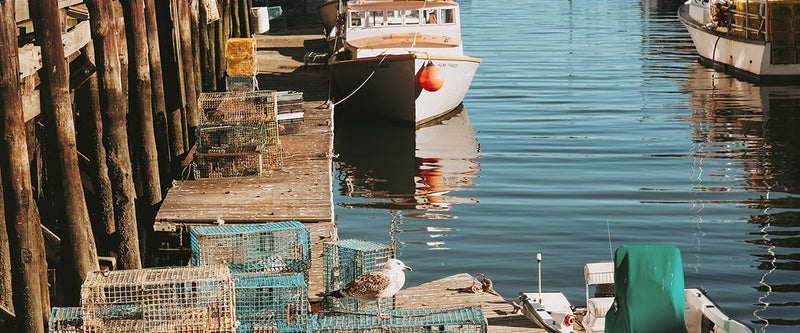
When it comes to getting our food straight from nature, sustainable harvest is of the utmost importance. Fresh and healthy are synonymous and the effort spent often allows for a level of appreciation that is hard to find in any other way of collecting meals for our families. In his latest post, adventure athlete Jeff Shapiro heads out for a day on the bay in search of Dungeness Crab and shows that a 5 gallon pot of seawater over an open fire can produce so much more than just dinner.

Photography: Jeff Shapiro
Journal Entry #9
When Lou and Meira last invited me to go out on their boat to search the bay in Waldport, Oregon for our legal share of delicious Dungeness Crab, we'd been lucky and tied back at the dock with a hull full of seafood dinners. We'd cleaned and prepared each crab, my share going into a cooler in the truck for the short drive home. My wife Kara was waiting with our vacuum sealer ready to go and as soon as I brought our bounty into the kitchen, we bagged and sealed each crab, placing them in the freezer to enjoy over the next few weeks.
This was a cool process and provided a way for us to eat crab not only knowing exactly where our food came from but also that our meals would be about as fresh as you can get. But, after thinking about it more thoroughly, I'd wished we'd have cooked some right away to literally enjoy straight from the ocean. Normally, it's been a rule of mine that anytime I harvest seafood from the ocean, I make it a point that it's all eaten and enjoyed before going to get more. That way, it stays fresh, nothing sits too long or goes to waste, and I'm sustainable about the process and never greedy toward taking more than we can use responsibly. But knowing full-well our family loves crab and that we'll definitely eat it all, I texted Lou to let him know if he again needed a deckhand or help on another crab mission, anytime, to please keep me in mind. Funny, two days later Louie texted a simple one word message: “Crab?”.
The morning following that text, I got up early, made a fresh pot of coffee and grabbed my rubber boots as I walked out the door. When I got to the boat, Lou and crew already had the boat off the trailer and in the water. The salt water and sea-life smell permeated the air as I walked down to the waterlogged, wooden docks. Seagulls yelled back and forth, both to each other as I walked underneath them soaring in the morning sea breeze. The sound of the cold water lapped at the piers and I could feel the waves from the wakes of departing boat's cause the floating dock to gently sway toward Louie's boat tied up at its end.
Meira and Lou had also invited a long-time friend and musician from Newport whom I'd briefly met previously, along with his two young sons to come crabbing with us. Tyler is a master of the didgeridoo, a aboriginal instrument that is considered among many who study the origins of ceremonial music to be one of the oldest known instruments in existence. It produces a guttural and primal tone that melds sound and vibration. Tyler teaches interested people how to play the “didge”, along with a technique used called “circular breathing” where the sound remains uninterrupted even while the musician takes breaths while continuously creating sound. I found out upon reaching the boat and greeting everyone that this would be Tyler's first time on Lou's new vessel, and his boy's first time ever crabbing. Everybody was obviously excited!

Photography: Jeff Shapiro
Pushing off, we got right to it. After the first trip (a few days earlier), we had our systems pretty dialed. Louie and Meira, while scanning the fish finder, let us know when the bottom looked to be an ideal depth for crab and essentially flat. In quick succession, Tyler and I dropped our baited pots (with his two son's expert guidance, of course) into the bay over the starboard side of the boat. One of us would then quickly pay-out the rope which would mark the pot with a colorful, floating buoy. One-by-one, we marked the first pot dropped in our “strings” (or, a line of pots) on the GPS so that we could efficiently find them to pick them back up off the bottom to check for crab after they had been allowed to “soak” for thirty minutes, or so. The tide was perfect and the current light. Most appreciated was that although we'd had a forecast for rain throughout the day, the wind was light and the sun was shining! So far, so good!
Allowing time for the crab to climb in our pots gave me the opportunity to get more expert advice from the boys about how to use the long gaff to hook the buoy ropes and thread the davit. It was so fun seeing the excitement in their eyes when we started making predictions about how much crab we'd bring back to the boat. Truth is, you never know but, our “treasure hunt” had everyone buzzing and before we knew it, it was time to have a look and see what our efforts would produce.
One pot after another was brought up onto the deck rail, some with crab and some without. Each crab was checked to be of legal size and gender, keepers going into the boat's cooler box and all that were too small or females, carefully placed back over board to quietly float back down to the bottom. In the end, we had over 30 large and tasty looking Dungeness on board and all that was left was to get them cleaned up and back to the house. Meira had suggested that we cook them all right away. That way, we could still freeze the ones to be eaten later but enjoy a few literally as fresh as can be had. So, it was good that I had my Wolf & Grizzly grill in the truck!
Cleaning the crab at the cleaning station, conveniently situated at the dock, made it super easy once we arrived back at the house. We built a big fire in the fire pit which made for a really nice way to stay social, talking about our fun morning, and re-warm the chill from our bones. When the coals were piled up and red-hot, I set the Grill over the heat which easily supported the 5 gallon pot filled with salt water.

Photography: Jeff Shapiro
Once a nice boil was rolling, we filled it with the fresh crab one by one and after 15 minutes, the reddened shells indicated that they were perfect. While the second pot was cooking our last batch of crab, we couldn't help ourselves, laughing while cracking into our seafood harvest. I love the rich taste of Dungeness but, the warmth of the fire, the satisfaction of collecting our own food and best of all, the company of good friends made the experience what I'd describe as “full value”.

Photography: Jeff Shapiro
Shop Jeff's crab cooking gear here.
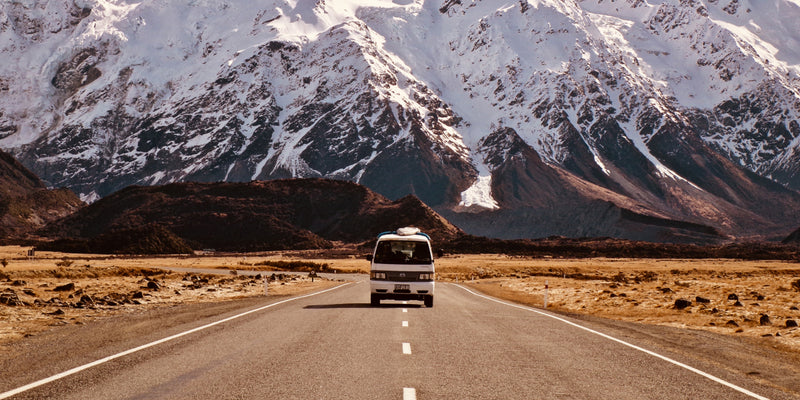
Nurturing the Inner Nomad
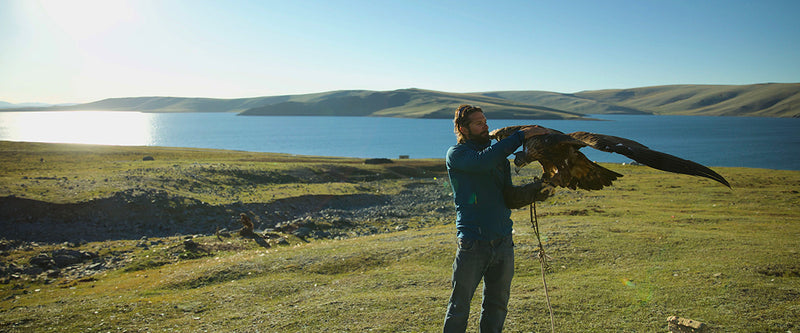
Hunting Partner: Mastering the ancient art of falconry
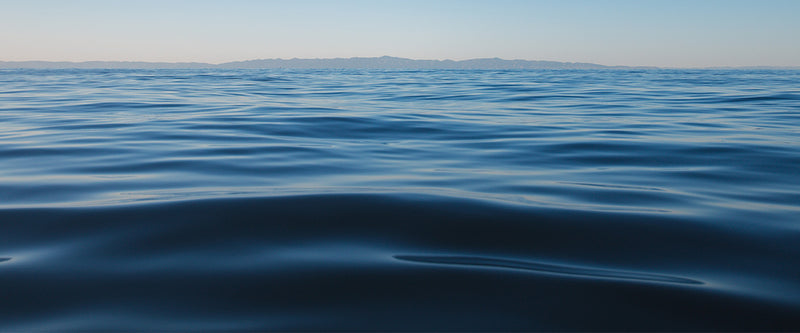
PROGRESSION: A FREEDIVING EXPEDITION IN OREGON

CRAB FEAST: ENJOYING THE BOUNTY OF THE PACIFIC
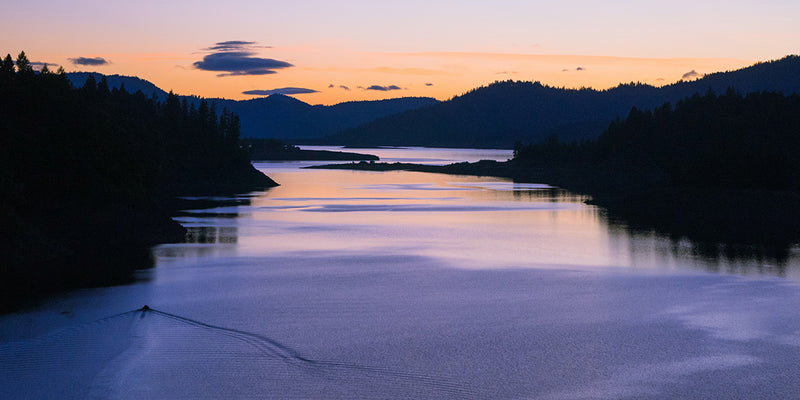
Fishing Steelhead and Finding Friendship on the Rogue River
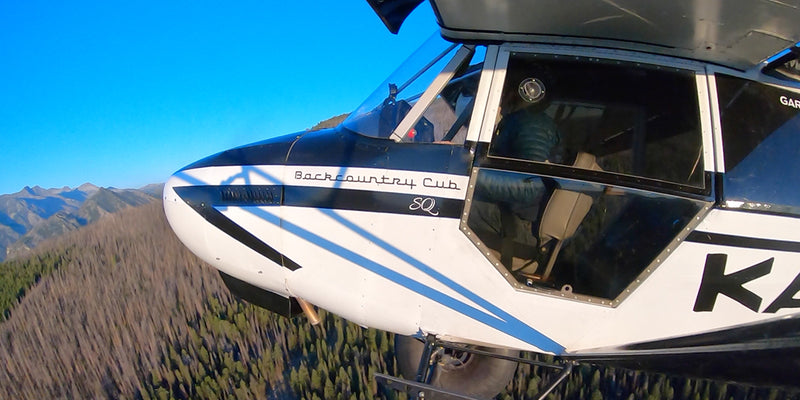
Wings To Home: A Pilot's Perspective
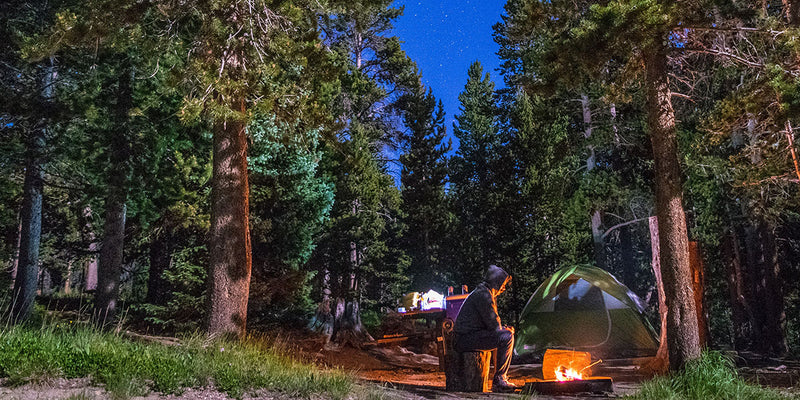
HOW TO PACK FOR A CAMPING TRIP: GEAR YOU SHOULDN'T FORGET ABOUT
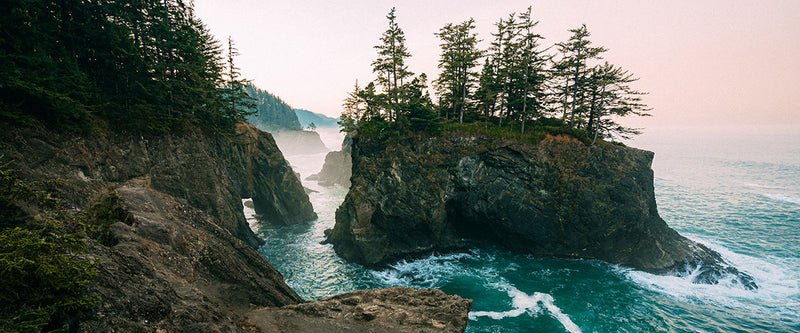
LIFE ON THE PACIFIC COAST: GOOD FRIENDS, GOOD WAVES AND GOOD TACOS
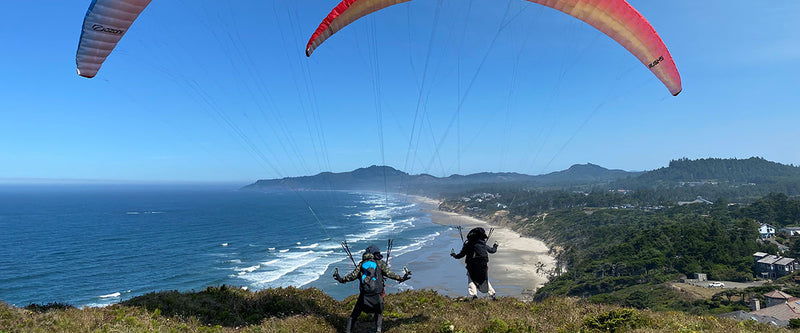
PACIFIC COAST ADVENTURES: FROM THE SKIES TO THE OCEAN
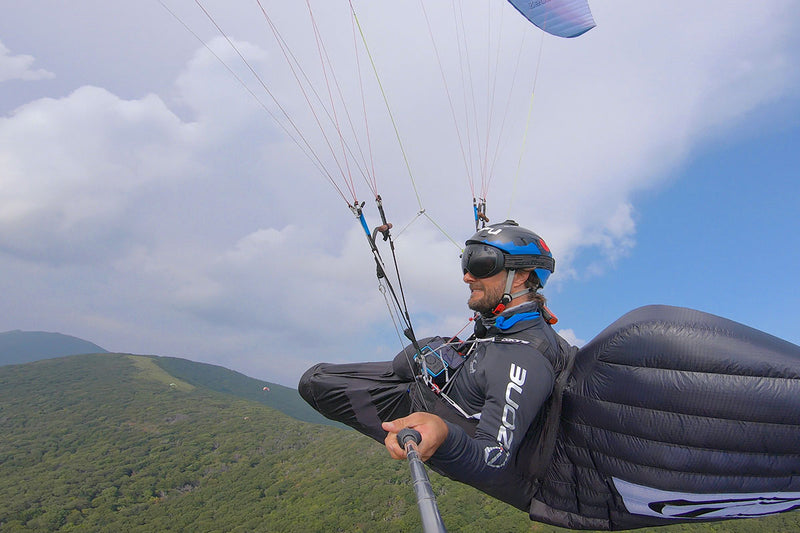
PAYING IT FORWARD: PARAGLIDING IN APPALACHIA
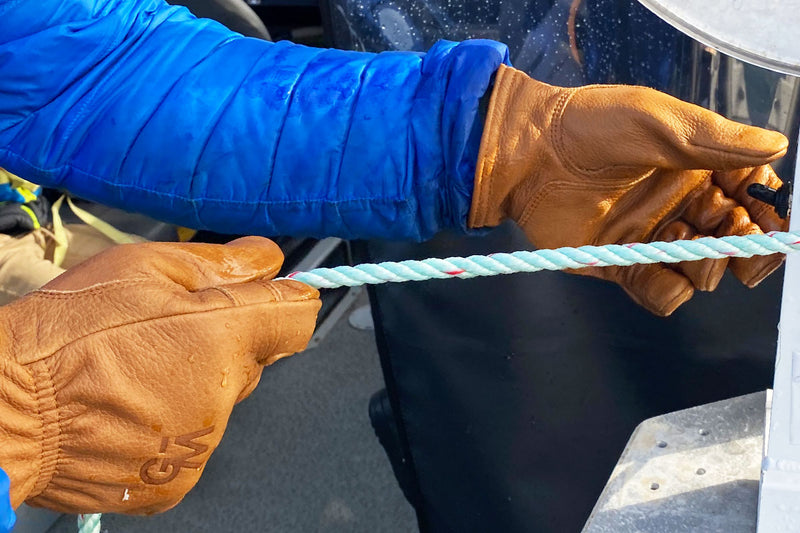
WILDERNESS GLOVES: FOR A LIFE IN THE WILD
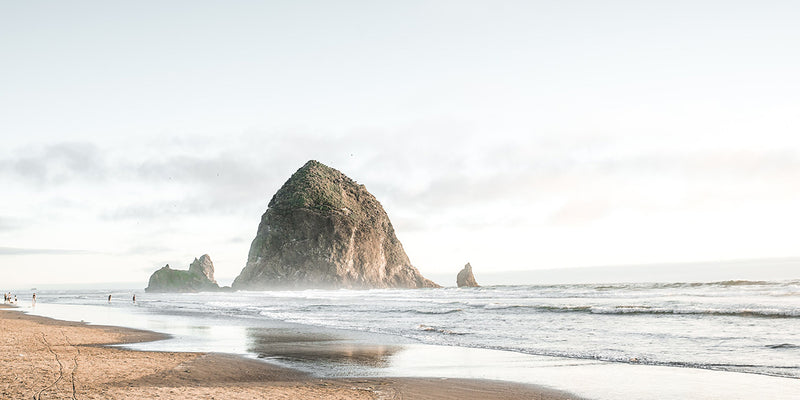
Changing Tides: Moving to the Oregon Coast
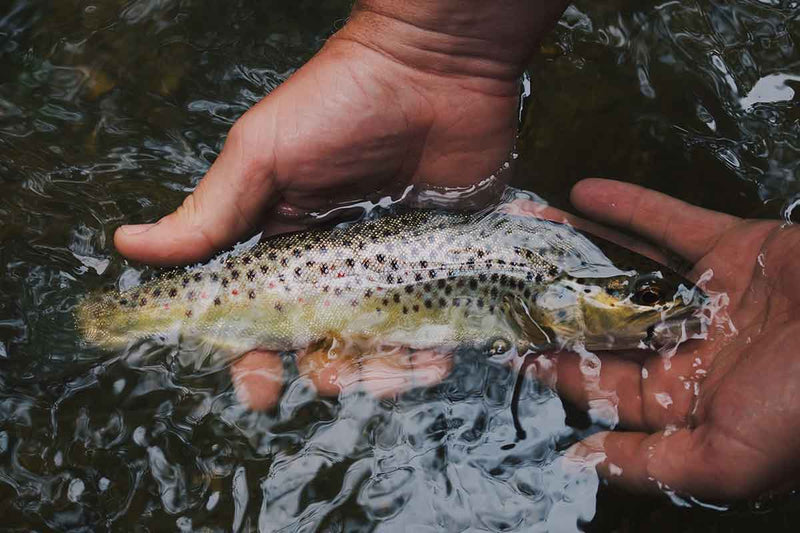
For the Love of the Ocean: Fish Stories from the Oregon Coast
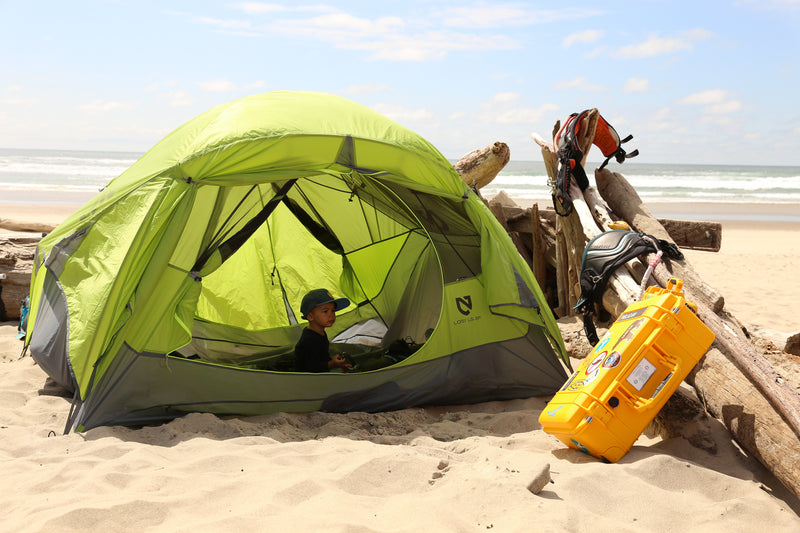
An Interview with The Expeditioners

What Summer Camping Adventure is Right for You


